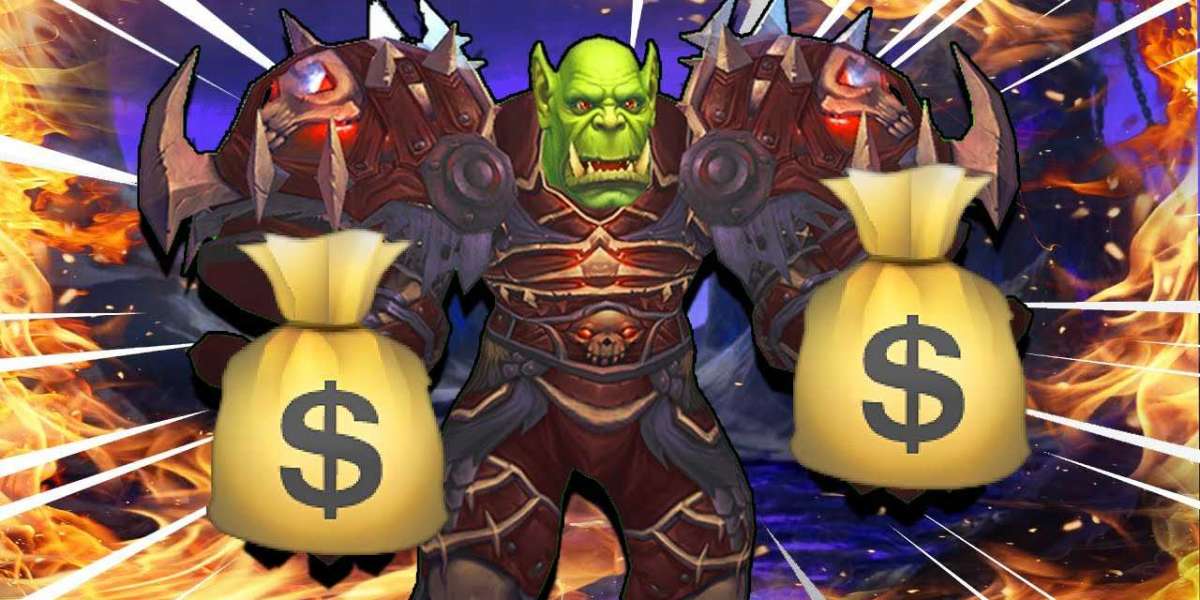The Fijian flag, with its distinctive design and vibrant colors, stands as a symbol of the nation's rich history, diverse culture, and unyielding spirit. Adopted on October 10, 1970, upon gaining independence from British colonial rule, the flag embodies the aspirations and values of the Fijian people.
Design:
The flag of Fiji features a unique blend of elements that reflect the country's heritage and natural beauty. Its design consists of a light blue field with the Union Jack flag of the United Kingdom in the upper left corner, symbolizing Fiji's historical ties with Britain. Centered on the field is the nation's coat of arms, featuring a shield divided into four quarters:
Sugar Cane: Representing the country's agriculture and economic backbone, the quartered sugar cane depicts Fiji's reliance on sugarcane cultivation, historically a significant industry.
Coconut Palm: Symbolizing the abundance of coconut palms across the islands, this quarter highlights the importance of coconuts in Fijian culture, cuisine, and daily life.
Dove with Olive Branch: A traditional symbol of peace, the dove carrying an olive branch represents Fiji's commitment to harmony, unity, and diplomacy, both domestically and internationally.
Rising Sun: Positioned above the shield, the rising sun signifies progress, optimism, and the dawn of a new era for the Fijian people, reflecting the country's journey towards independence and development.
Colors:
The flag's colors hold significant meaning, each representing different aspects of Fiji's identity and natural environment:
Light Blue: Symbolizes the surrounding Pacific Ocean, which not only shapes Fiji's geography but also serves as a vital source of sustenance, transportation, and connection with neighboring nations.
White: Represents purity, peace, and the unity of Fiji's multicultural society, where people of various ethnicities, languages, and religions coexist harmoniously.
Red: Symbolizes courage, strength, and the sacrifices made by the Fijian people throughout history, particularly during times of struggle and resistance against colonial rule.
Black: Reflects the strength and resilience of the Fijian people, as well as the richness of the nation's cultural heritage and traditions.
Significance:
The flag of Fiji holds profound significance for its citizens, serving as a potent emblem of national pride, identity, and sovereignty. It is proudly displayed during national events, celebrations, and sporting competitions, uniting Fijians across diverse backgrounds under a common symbol of allegiance and belonging.
Moreover, the flag serves as a powerful reminder of Fiji's journey towards independence and self-determination, commemorating the struggles and triumphs of past generations who fought tirelessly for freedom, democracy, and justice.
In conclusion, the Fijian flag encapsulates the nation's history, values, and aspirations, embodying the enduring spirit of its people and their unwavering commitment to building a prosperous, inclusive, and peaceful future for generations to come. As Fiji continues to evolve and face new challenges, its flag stands as a steadfast symbol of resilience, unity, and hope.













